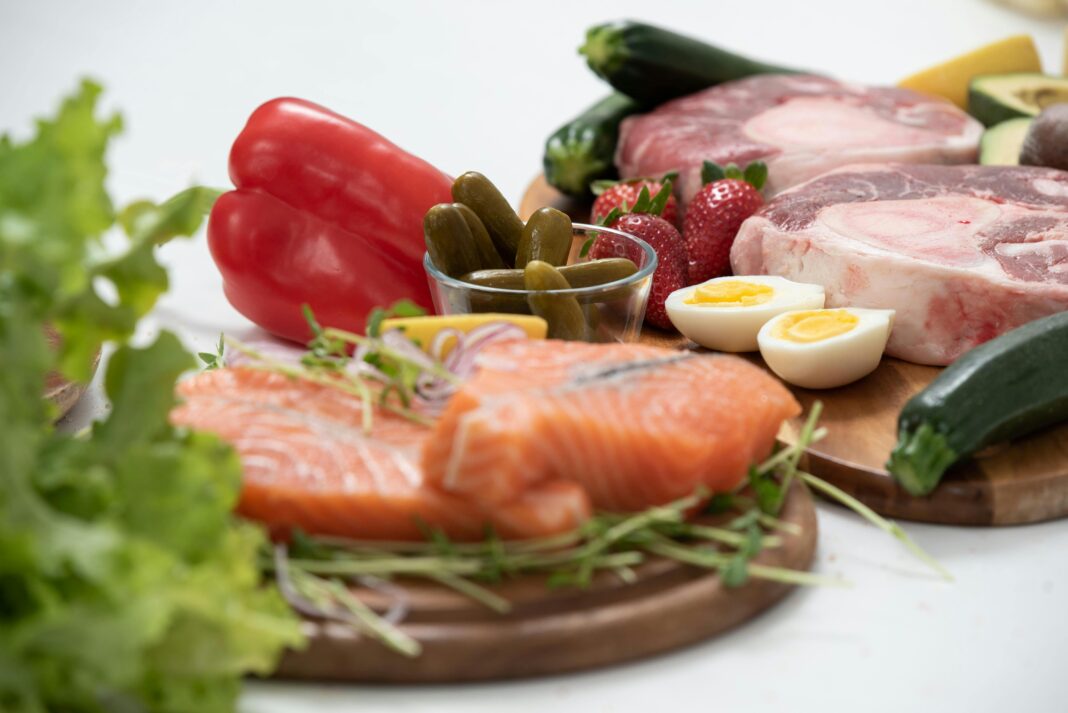When it comes to our furry friends, pet owners are always on the lookout for ways to enhance their health and vitality. One increasingly popular approach is the raw food diet, which promises a range of benefits. This article will explore everything you need to know about raw food diets for pets, including their health benefits, practical tips, and considerations.
What is a Raw Food Diet for Pets?
A raw food diet typically consists of uncooked meat, organs, bones, fruits, and vegetables. Unlike conventional dog or cat foods, which often contain processed grains and fillers, raw diets aim to mimic the natural diets of wild animals. The idea is to provide pets with more natural nutrition that aligns with their evolutionary dietary needs.
Health Benefits of Raw Food Diets
Improved Digestion
Many pet owners report that their pets experience better digestion on a raw food diet. Raw foods often contain fewer fillers and preservatives compared to kibble or canned foods. This simplicity can lead to more efficient breakdown of nutrients, resulting in firmer stools and less frequent bathroom breaks.
Enhanced Coat Condition
A raw food diet can positively impact the health of your pet’s skin and coat. The omega-3 and omega-6 fatty acids found in raw meats and fish can lead to a shinier, healthier coat and reduced skin issues like dryness or itching.
Increased Energy Levels
Pets on a raw food diet often display higher energy levels and improved overall activity. The nutritional density of natural foods can enhance their vitality, making them more playful and engaged in daily activities.
Stronger Immune System
A well-balanced raw diet can boost your pet’s immune system. Natural foods provide essential vitamins, minerals, and antioxidants, which help ward off illnesses and infections. This benefit is especially significant for pets with a history of health issues.
Tips for Transitioning to a Raw Food Diet
Consult Your Veterinarian
Before making any drastic changes to your pet’s diet, consult your veterinarian. They can help identify any specific nutritional needs or potential health concerns that may affect your pet’s transition.
Start Slow
Gradually introduce raw food to your pet’s diet. Begin with small portions mixed with their current food. This slow transition can help minimize digestive upset and allow your pet’s system to adapt gradually.
Research and Plan Balanced Meals
A balanced raw food diet should include various protein sources and essential nutrients. Common ingredients may include:
-
- Raw meat (chicken, turkey, beef, lamb)
-
- Organs (liver, kidneys)
-
- Raw bones (important for calcium and dental health)
-
- Fruits and vegetables (carrots, apples, spinach)
Resources or raw food feeding guides can assist in meal planning.
Potential Risks and Considerations
Nutritional Imbalances
One significant risk of a raw food diet is nutritional imbalances. Without careful planning, pets may miss essential nutrients. It’s advisable to consult with a veterinary nutritionist to ensure a well-rounded diet.
Food Safety
Handling raw meat comes with its own set of risks. Take care when preparing raw meals to avoid cross-contamination in your kitchen. Always wash your hands and surfaces after handling raw meat.
Rogue Behaviors
Some pets may develop the habit of scavenging or begging for food if they find the raw diet particularly appealing. Ensure you maintain consistent feeding times and avoid giving in to undesired behaviors.
Monitoring Your Pet’s Health
Observe for Changes
Once your pet is on a raw food diet, monitor their health closely. Pay attention to changes in weight, energy levels, and digestion. Recording these observations can help identify if the diet is beneficial or if adjustments are needed.
Regular Vet Check-Ups
Scheduling regular check-ups with your veterinarian will allow for ongoing assessments of your pet’s health. Your vet can help monitor weight, dental health, and overall well-being.
Budgeting for a Raw Food Diet
Costs of Ingredients
While raw food diets can be more cost-effective than many commercial pet foods, ingredient prices can vary. Buy in bulk or join co-ops to save money. Choosing seasonal fruits and vegetables can also help keep costs low.
Investing in Equipment
You may need some additional equipment to store and prepare raw meals. Consider investing in high-quality knives for cutting meat, airtight containers for storage, and possibly a meat grinder if you plan to prepare your own ground meats.
Social Considerations
Impact on Other Pets
If you have multiple pets, the transition to a raw food diet may not suit every animal. Some pets may have health issues that necessitate a special diet. Always consider individual needs when changing diets to avoid issues among pets.
Informing Guests
Letting your guests know about your raw feeding practices can prevent unwarranted concerns or misunderstandings. Make sure to communicate the reasons behind your choice and how it benefits your pet.
Conclusion
A raw food diet for pets can offer numerous health benefits, from improved digestion to increased energy. However, it requires careful planning, awareness of potential risks, and ongoing monitoring. By following these guidelines and consulting with your veterinarian, you can create a nutritious diet that could lead to a happier, healthier life for your furry companion.





